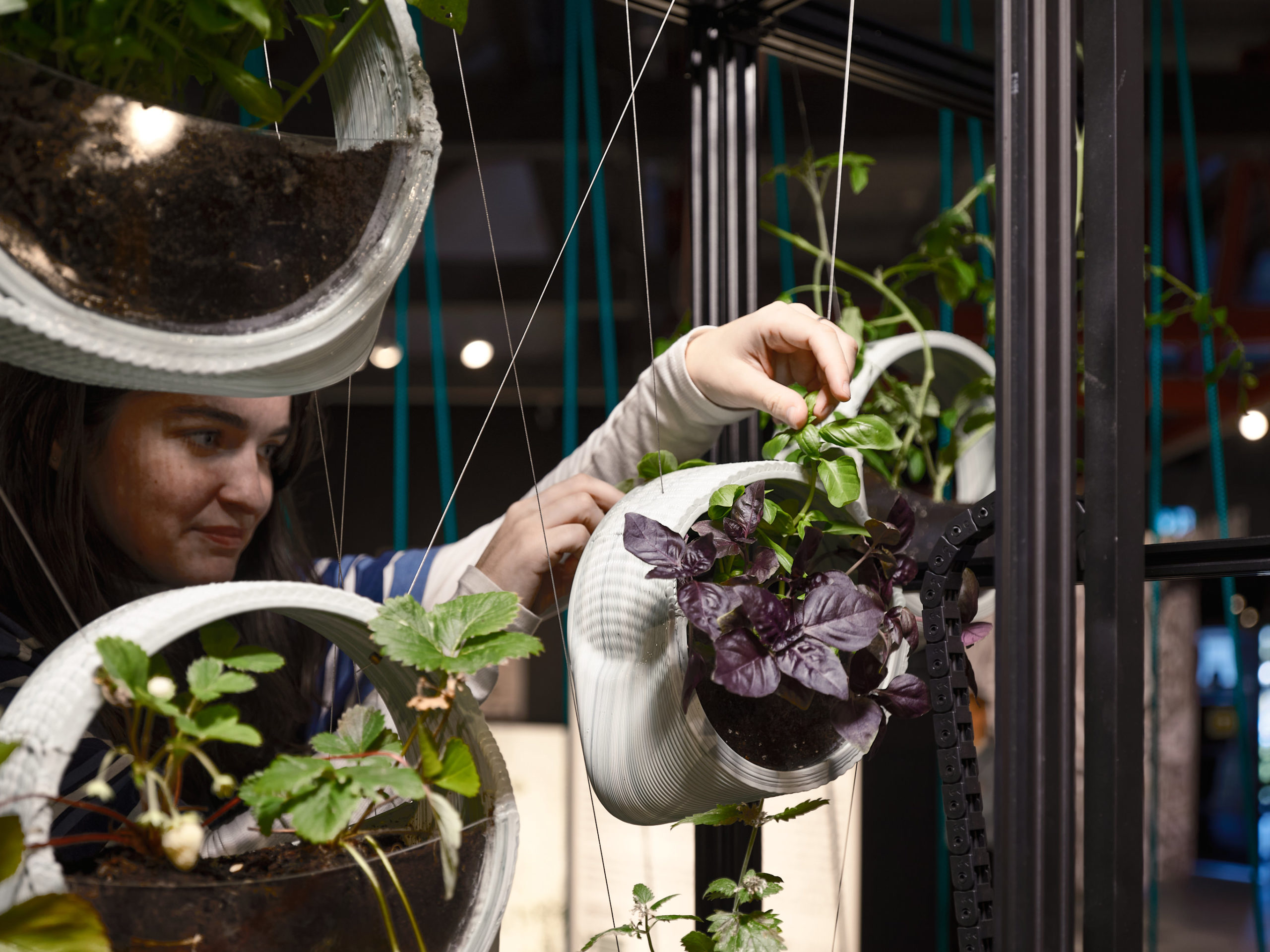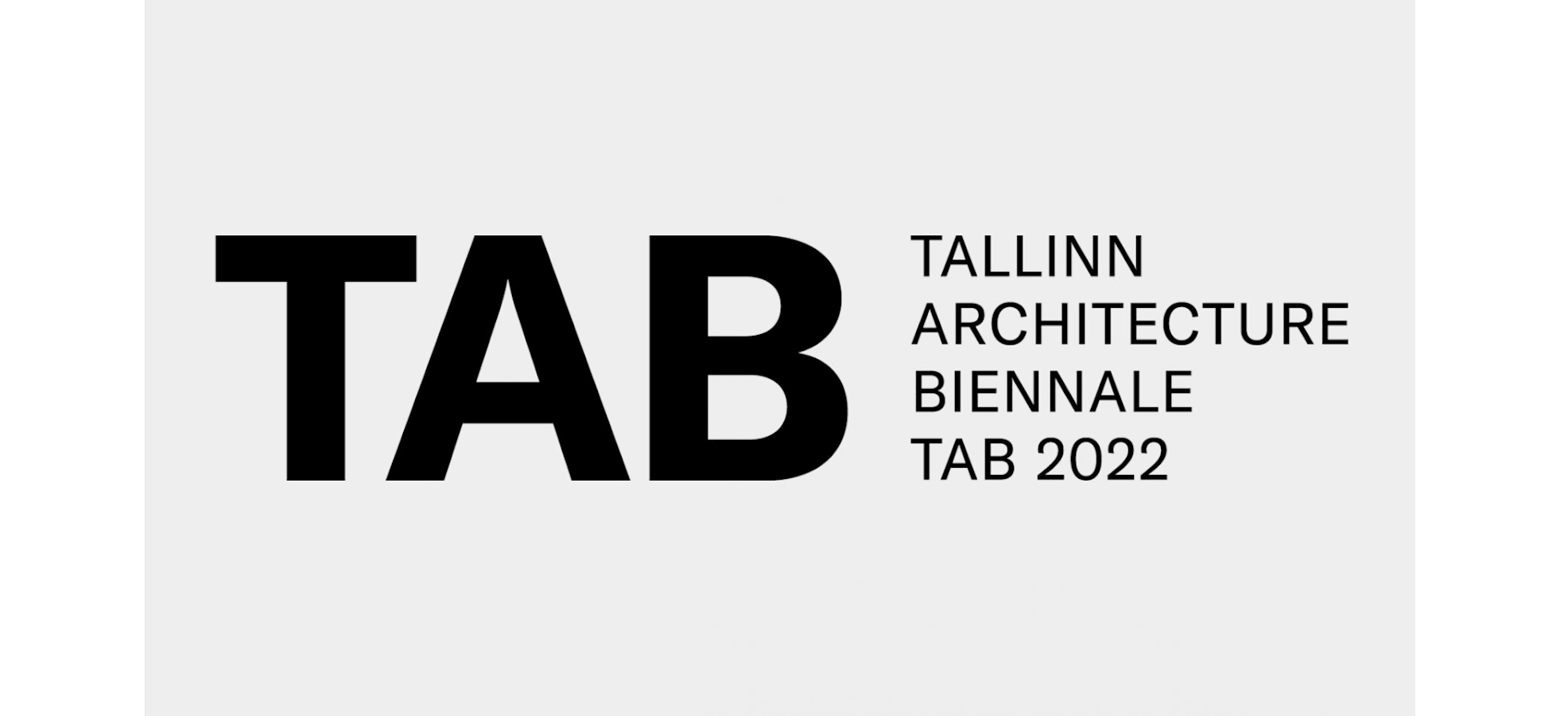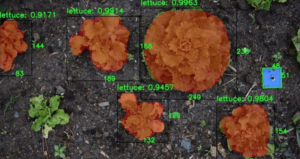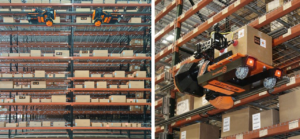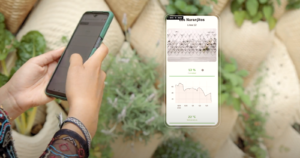2022
Robotic Urban Farmers
A new facade system that integrates robotic agents and edible plants within our urban environment

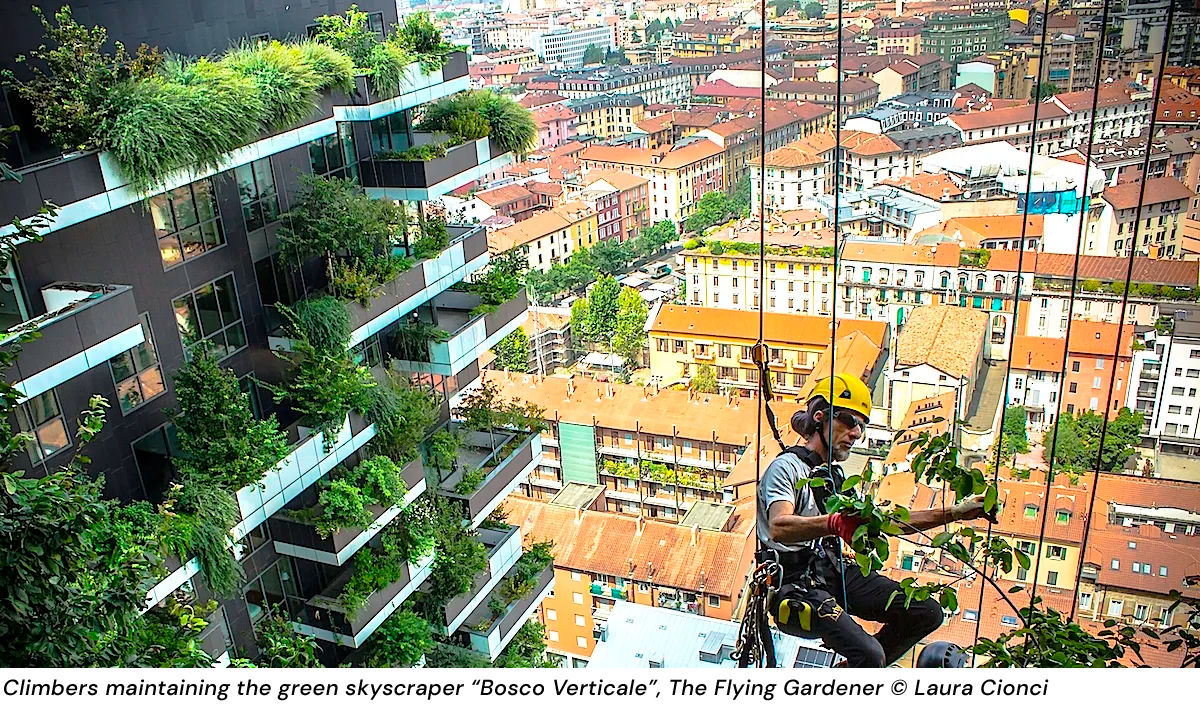
In our current context of ecological crisis, global warming, biodiversity loss, human population growth and urban sprawl, we need to rethink the way we build and live in our city. We have observed the consequence of uncontrolled urban planning and construction driven only by a capitalist and productivist vision of the city, packing as many humans as possible in the cheapest constructions available, without consideration for the impact on our planet, on our fellow animals & plants inhabitants, and our own wellbeing. The concrete jungles we have been building the past century have proven to be disrupting our climate (Global Warming, Local heat island effect), our ecosystems (loss of biodiversity, and recess of animals & plants population), and our economy (the food and product industry have been displaced far away, replaced by only service industry, and the generation of huge amount of waste in city).
Rethinking the way we build and live in our city requires a holistic approach, at the interaction of multiple disciplines and scales of operations. Cross-disciplinary studies have demonstrated that our cities can benefit from a more symbiotic relationship with nature. Nature Base Solution (NBS), incorporating plants and animals in our environment can bring the following benefits :
- Mitigation of the global warming (Plants absorb C02 and reduce Albedo)
- Mitigation of the global biodiversity loss (Preserving habitat for a variety of species)
- Reduction of the local extreme heat and humidity (via the evaporative cooling of plants)
- Reduction of the local air pollution (filtering C02 and other particule)
- Improve the thermal performance of buildings (providing shading, thermal mass and insulation)
- Improve the well beings of humans (both physically and psychologically).
- Provide a part of the local energy & product needs (BioFuels, BioPhotovoltaic, BioPlastics)
- Provide a part of the local food needs (Km0, ultrafresh vegetables, Fungi and, Algae )
But why are we not doing it yet ? Our assumption is that economic pressure on city and building planners have made the integration of nature in our city a challenge, especially on two fronts : The cost of valuable land space, and the cost of maintenance. To solve the first topic of land use, many projects of green walls and facade have demonstrated the possibility (and benefit) to integrate nature in our built environment, facade and green walls, unfortunately at the extra expense of raising maintenance costs.
On the other hand, the rise of digital technologies such as AI, IOT,Computer Vision and Robotics have demonstrated the possibility to automate many aspects of our industries, from logistical centers to Industrial farms. Recent developments are bringing these advances at a much smaller and distributed scale, towards a more ubiquitous layer of information and robotics distributed around our cities.
Small scale, open source farming robots are now capable of scanning plants & soil, detect their health status, provide the right nutrients & water, remove weed, harvest, and seed the next plants.
Open source Robot capable to monitor crops © ROMI: Robotics for Microfarms.
Other robots specialized in logistics, are capable to deal with the movement of packet in both 2 dimensional flat space as well as 3D the Could we integrate robotic technologies with green facade
A logistic robot capable to move packets across vertical storage, Squid © BionicHIVE.
Finally, “smart” green walls that use IOT, Biophotovoltaic, 3D printing & Web Apps are now capable to offer a new interface between humans, plants and animals, collecting information about air, water, plant, insects and animals health to engage local residents in the maintenance and care of this ecosystem.
A smart green wall capable to interact with users, Co-mida © IAAC.
Can we envision a future where new technologies help us to reintegrate nature in our city?
In the context of the Tallinn Biennale 2022 : Edible, IAAC team have explored the integration of robots within our built environment to enable plants and food crops to be part of our city.
The project Robotic Urban Farmers is a physical installation exploring the future of our habitat, where humans, plants and robots will cohabit symbiotically in cities. The project proposes a new facade system that integrates robotic agents and edible plants within our urban environment. A transversal data-driven protocol will grant a novel experience of spatial symbiosis among humans, edibles and environmental agencies, turning architectural components into an augmented ecological interface of urban intervention.
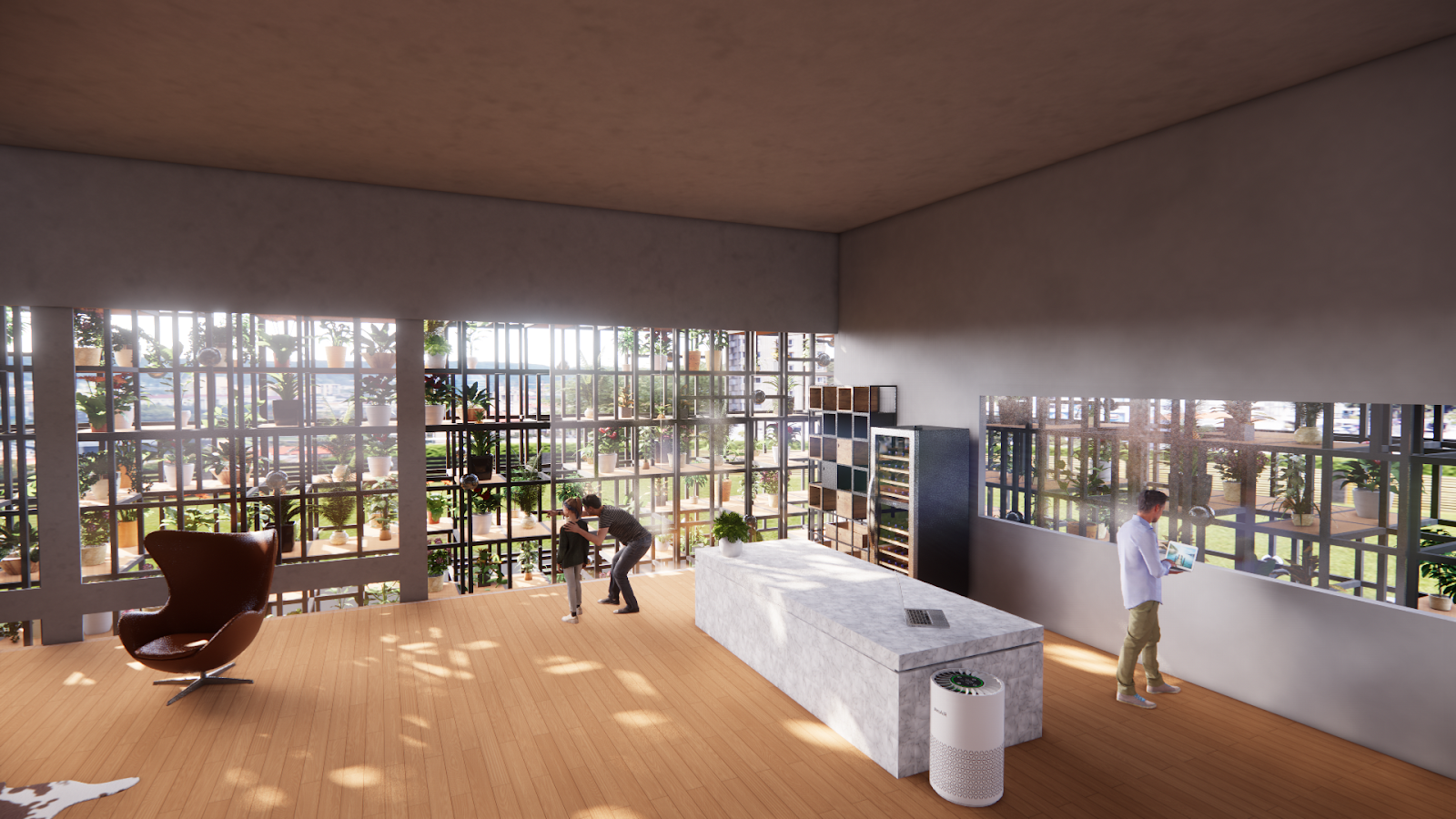
The proposed facade system is a modular aluminum structure that can integrated requirements
– for the robots: the horizontal and vertical elements are rails for the robot;
– for the plants: a flexible infrastructure that provides support, water and data connection;
– for the building: lightweight adaptive system that can provide where needed increased sun protection, thermal mass and/or insulation);
– for humans: including spaces for plant care and harvesting, but also balcony and terraces to enjoy this outdoor space.
In this envisioned system, robots have the possibility to move the plant from one location to another, and over countless operations such as reconfigure the facade along the day and seasons. Plants are moved to new locations according to their climatic needs (such as sun), brought to humans for care & harvest, and placed in special spaces for more specific treatments. The building can benefit from those movements, for e.g. increasing thermal protection in summer and bringing all the plants to the sunny facade. An application and AI system allow to mediate the various requirements of plants, insects, animals, humans and robots, toward a symbiotic city.
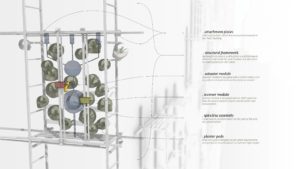
The built installation Robotic Urban Farmers at Tallinn Architecture Biennal 2022 pretends to be a manifesto of a new architectural organism enhancing a productive urban environment, generating fresh and local food, while improving the urban microclimate and local biodiversity.




